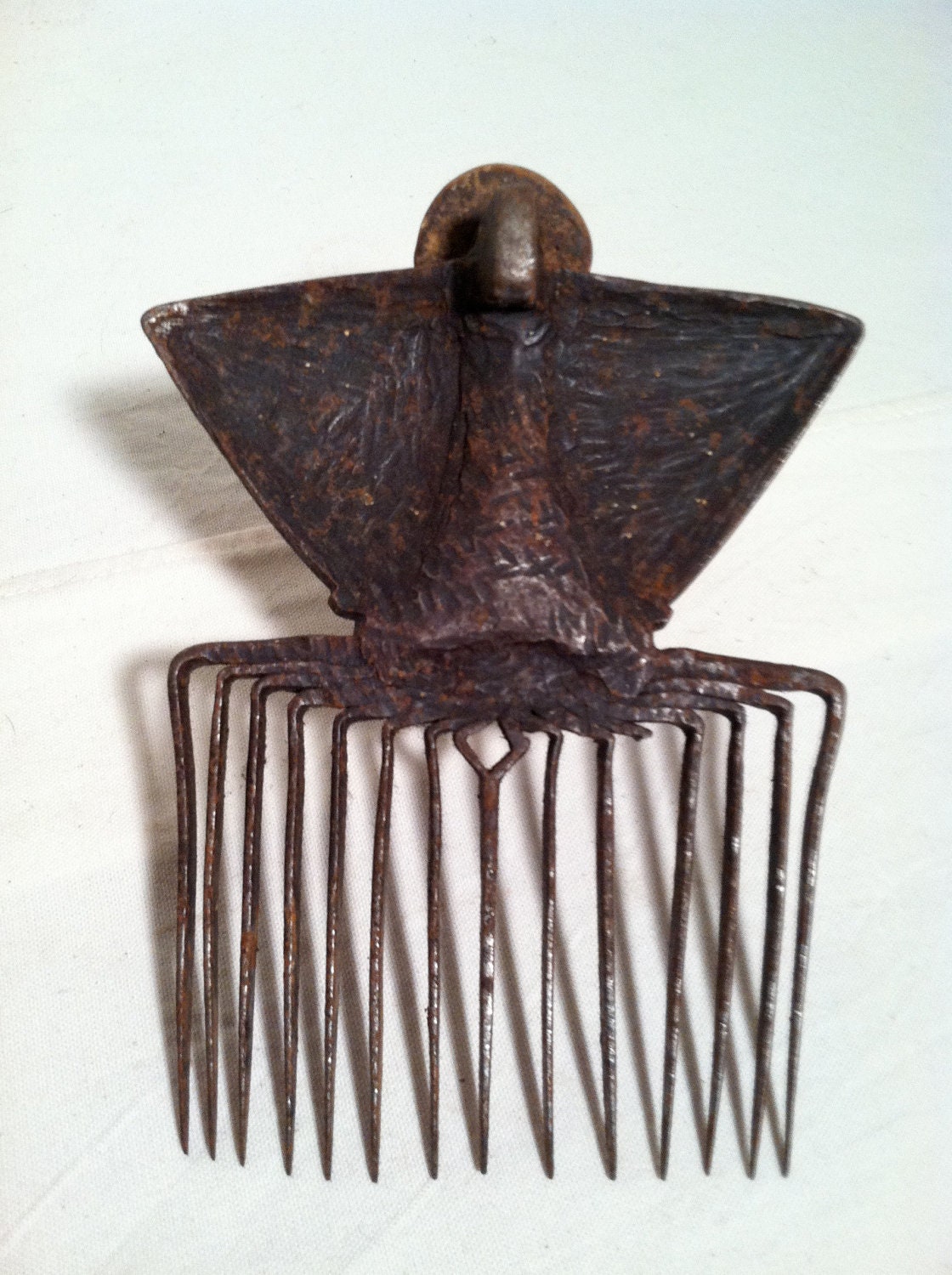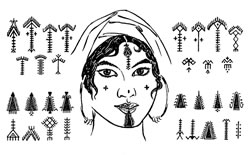 Textiles which originate from Morocco are some of the most
dazzling and Impressive of Africa due to the vibrant colours, many textures,
the rhythmic variations in design patterns, and the power which comes with
them. Originally meant for almost purely utilitarian purposes, as furnishing
for the family house or tent, and personal clothing, the art of textile weaving
has grown in such a fashion that it is now considered to be the most distinct
of the Islamic and African textiles
Textiles which originate from Morocco are some of the most
dazzling and Impressive of Africa due to the vibrant colours, many textures,
the rhythmic variations in design patterns, and the power which comes with
them. Originally meant for almost purely utilitarian purposes, as furnishing
for the family house or tent, and personal clothing, the art of textile weaving
has grown in such a fashion that it is now considered to be the most distinct
of the Islamic and African textiles  The materials needed for textile
making considered incredibly valuable, and by extension so is the process.
Since ancient times, Moroccan tribal weavers have prepared their own dyes from
materials they gather themselves, such as local vegetable and mineral sources
The materials needed for textile
making considered incredibly valuable, and by extension so is the process.
Since ancient times, Moroccan tribal weavers have prepared their own dyes from
materials they gather themselves, such as local vegetable and mineral sources  |
| This is a hand forged iron and wood rug weaving tool that can be found on Etsy.com for sale |
The tools of the weaver are as
significant as the materials. “The loom itself remains the ultimate symbol of
magical protection: it is looked upon as a living thing and treated as such,
and it is thought to possess baraka.” Their hooks and utensils needed for
weaving, which are made out of wood, will have talismans carved into them to
protect the textile and the weaver from evil (Jereb 1996, 45) . If the weaver has paid careful
attention to the number and combination of threads necessary to produce a
design, the finished product will not only be beautiful but be a spiritual net
or shield to protect the owners/wearers from misfortune, specifically the evil
eye and djoun (Jereb 1996, 45) . The power of the
loom, talismans of the tools, and mind set of the weaver will permeate the
fabric, making the very fibre of the rub, shawl, blanket, or tunic radiate
positive energy.
All symbols carry baraka, a Berber word referring to
beneficial psychic power, which are intertwined with the old traditional
customs, rituals and beliefs of their culture (Jereb 1996, 45) . The use of crosses,
linear sequences and the eight-pointed Berber star throughout Morocco are,
“used as textile motifs, tattoos and crosses are believed to have the power
first to draw and then disperse or dissipate evil in the six directions of the
Berber universe – north, south, east, west, above and below” (Jereb 1996, 47) . This is similar in
the application of embroidery, where many motifs and designs were originally
derived from both henna designs and indigo tattooing (Jereb 1996, 54) . The styles of
embroidery and weaving have undergone similar, if not the same, changes one
would expect in the artistic vocabulary with relation to patterns, styles and
colours (Jereb 1996, 54) . Historically certain patterns
incorporated motifs and designs into the embroidery and weavings as ways of
preserving the motifs and designs forbidden by the Arabs (Jereb 1996, 54) . This is an
additional layer of spiritual energy which the weaver will incorporate into her
work. The combination of spiritually pure materials, tools, and talismanic
designs act as a shield for bad luck and evil.
The symbolic power and prestige of textile production in the Moroccan, and particularly Berber, social world is rich in not only iconographic material, but in spiritual energy as well. The position women hold in society is higher than I had personally originally thought because of the importance their knowledge and skills of textile production has in protecting the people who use their fabrics. If it was not for the women, who pass down the knowledge and skills of textile weaving to their daughters, evil and bad luck would follow the Moroccan and Berber tribes. Therefore, to a certain extent, the women are the ones keeping the people safe.


No comments:
Post a Comment